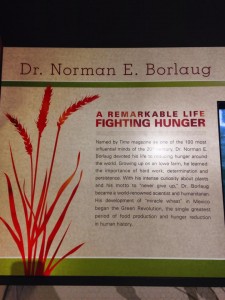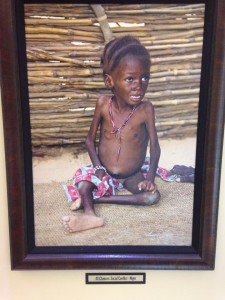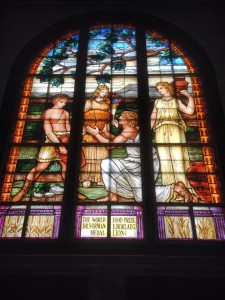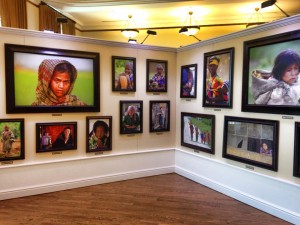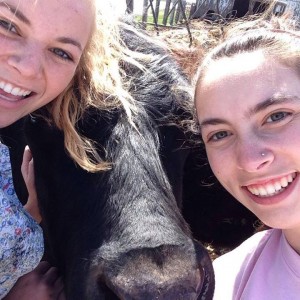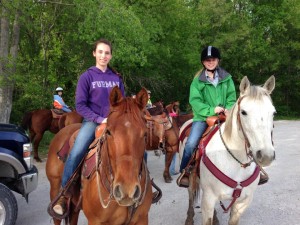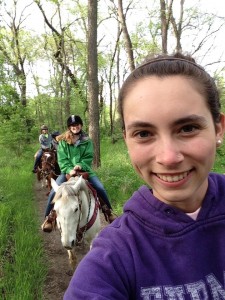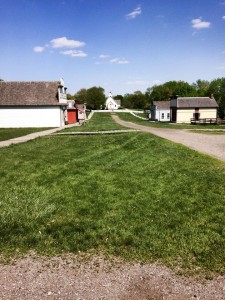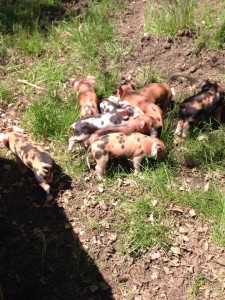Today, we hit two very different extremes. On one hand, we met with Lt. Governor Kim Reynolds at the Capitol building. The building was gorgeous. I have never seen gold on a building, but I sure wish there were more with it. The inside was just as pretty. Unfortunately, we only got to meet with Mrs. Reynolds for ten or fifteen minutes, so we didn’t get to talk much. She basically told us why Iowa is so wonderful and what they are doing right. I wish she had talked about the not-so-great aspects, like pollution, and how she planned on addressing them. She seemed nice, though, and I really did enjoy meeting her. Being a huge book nerd, the library was phenomenal to me. It was huge and antique-y and really just amazing.
After that, we headed over to Southern Iowa for a change. HN was right, the topography was way different! There were more hills and grass and I even saw some trees! I personally thought it was much prettier and I wish we spent more time there. We went to the Henry A. Wallace Country Lice Center, about two hours away from where we are staying. The drive was 100% worth it! I was not the biggest fan of lunch, but I think that was me being oddly picky. I did really like the salad; the dressing was delicious. After lunch, we got a short tour and then started working with Moosa, the farm manager. He was exactly as I pictured. We picked weeds and thinned out the green bean plants. I’ve decided I really like gardening, much more than I thought I did, and I would like to continue when I get home.
It was really nice to see a simpler way of doing things. The simple way that the garden was managed at the farm center made it seem much more accessible. I know they make a lot of money off of restaurant and things, but it was nice to see that farming could be done without huge expensive tractors. Although everyone might not have the time or funds available to work a garden without such extensive machinery, its nice to know that its possible. After that, I’m very excited for Table Top Farm tomorrow.

